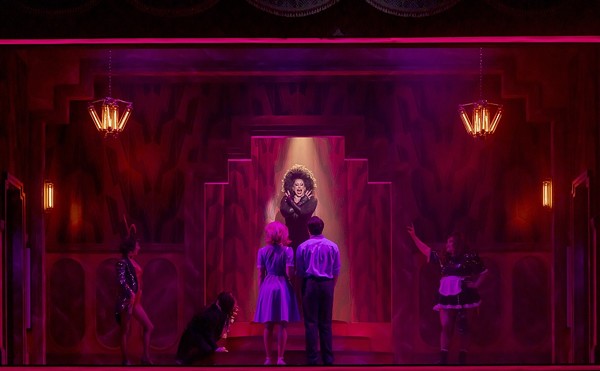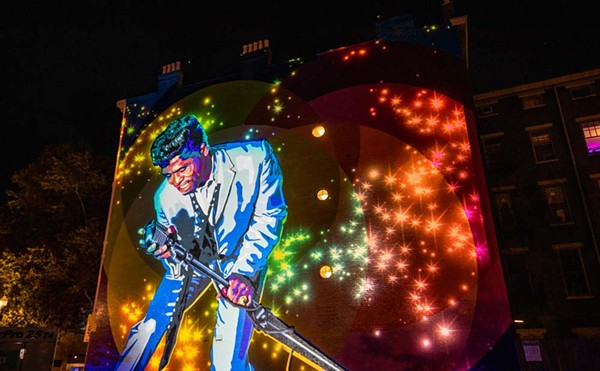22 Badass Women From Cincinnati Who Made History
By Katherine Barrier and CityBeat Staff on Fri, Mar 10, 2023 at 9:34 am
Cincinnati is and was home to many groundbreaking, innovative and famous women, helping foster their greatness and badassery into contributions that still live on and empower people, especially other women and people of color, today. Whether it was breaking down color or gender barriers at the mic, dazzling people from the silver screen, making it easier for women to pursue traditionally male-dominated fields or using their writing and voice as a platform to lift others, these Queens are all interconnected through their experiences in the Queen City.
Scroll down to view images
Page 1 of 2
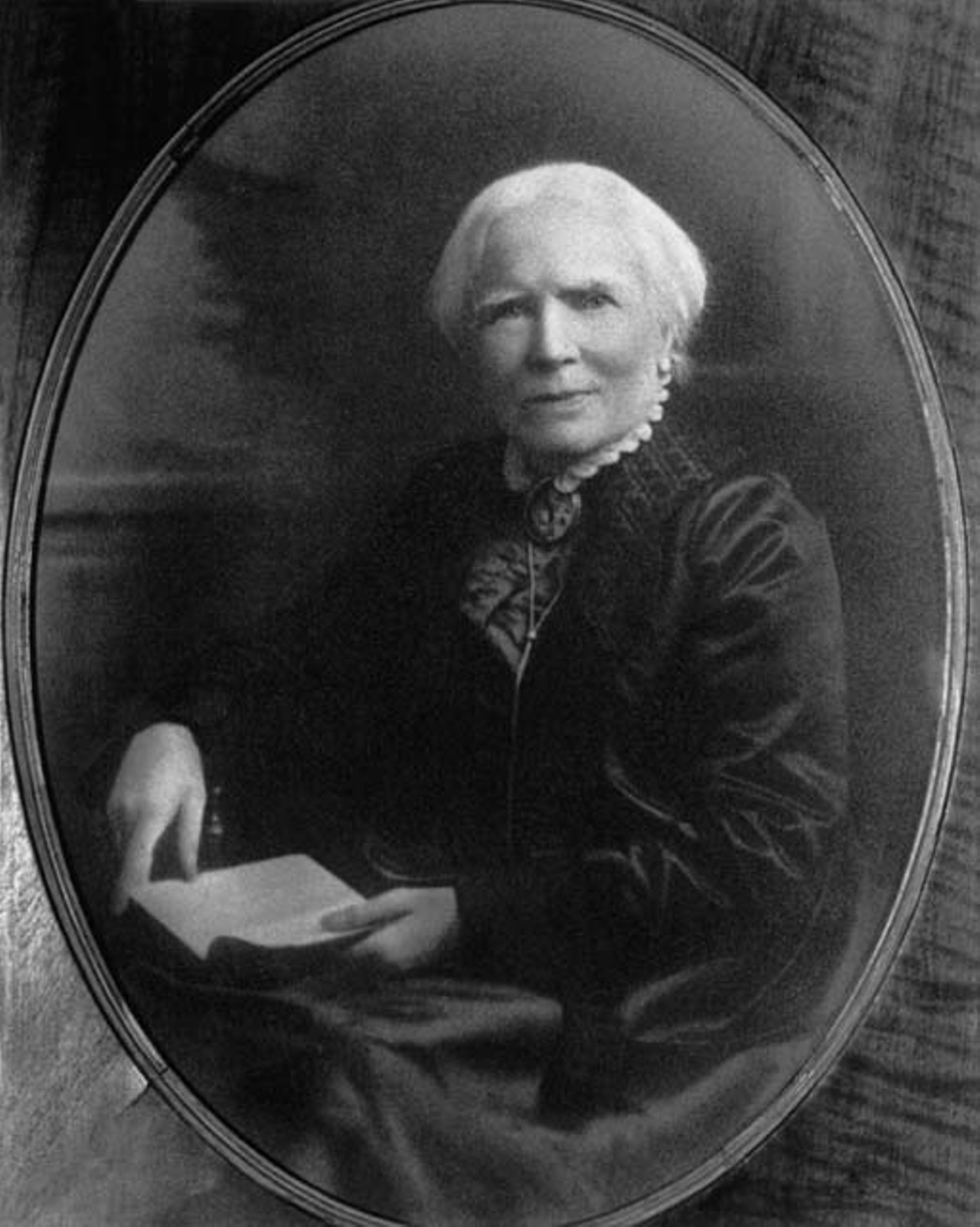
Elizabeth Blackwell
Elizabeth Blackwell was the first woman in the United States to earn a medical degree. Born in Bristol, England, in 1821, Blackwell and her family moved to the United States when she was around 11, settling in Cincinnati. She went into teaching after her father died to help support her family, but wanted to go into medicine after a dying friend told her a female physician would have made the experience easier. Blackwell was rejected from every medical school she applied to, except Geneva College in rural New York. Although her acceptance letter there had turned out to be intended as a practical joke, Blackwell graduated first in her class. Blackwell opened her own clinic for poor women and a medical college in New York City. She was the physician who popularized hand-washing among doctors after noticing male doctors tended to cause epidemics by not washing their hands between patients.
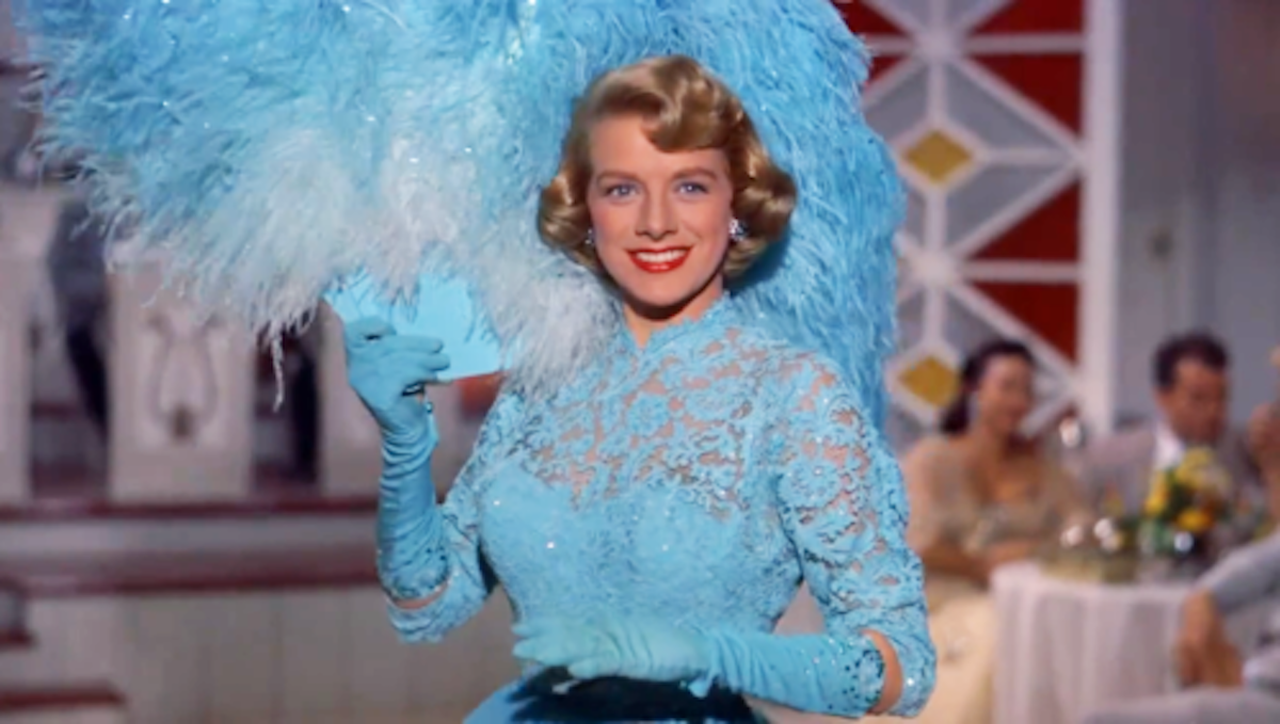
Rosemary Clooney
The beloved singer and actress was born in 1928 in Maysville, Kentucky, and attended high school in Cincinnati’s West End. A few of her most popular songs were “Come-On-a My House,” “Mambo Italiano” and “Botch-a-Me.” She also starred in the famous holiday film White Christmas.
1 of 22

Photo via Wikimedia Commons
Theda Bara
Called the original vamp, Theda Bara was a popular stage and silent film-era actress. Born in 1885 in Avondale, Bara attended Walnut Hills High School before going to New York City to become an actress. Her career took off after she starred as a vampiric seductress in the film A Fool There Was. Bara starred in over 40 films between 1915 and 1919, but her career cooled after tastes changed and movies started casting more “wholesome” actresses. Still, Bara’s dark, alluring look and status as an early sex symbol of cinema give her an enduring legacy.
2 of 22
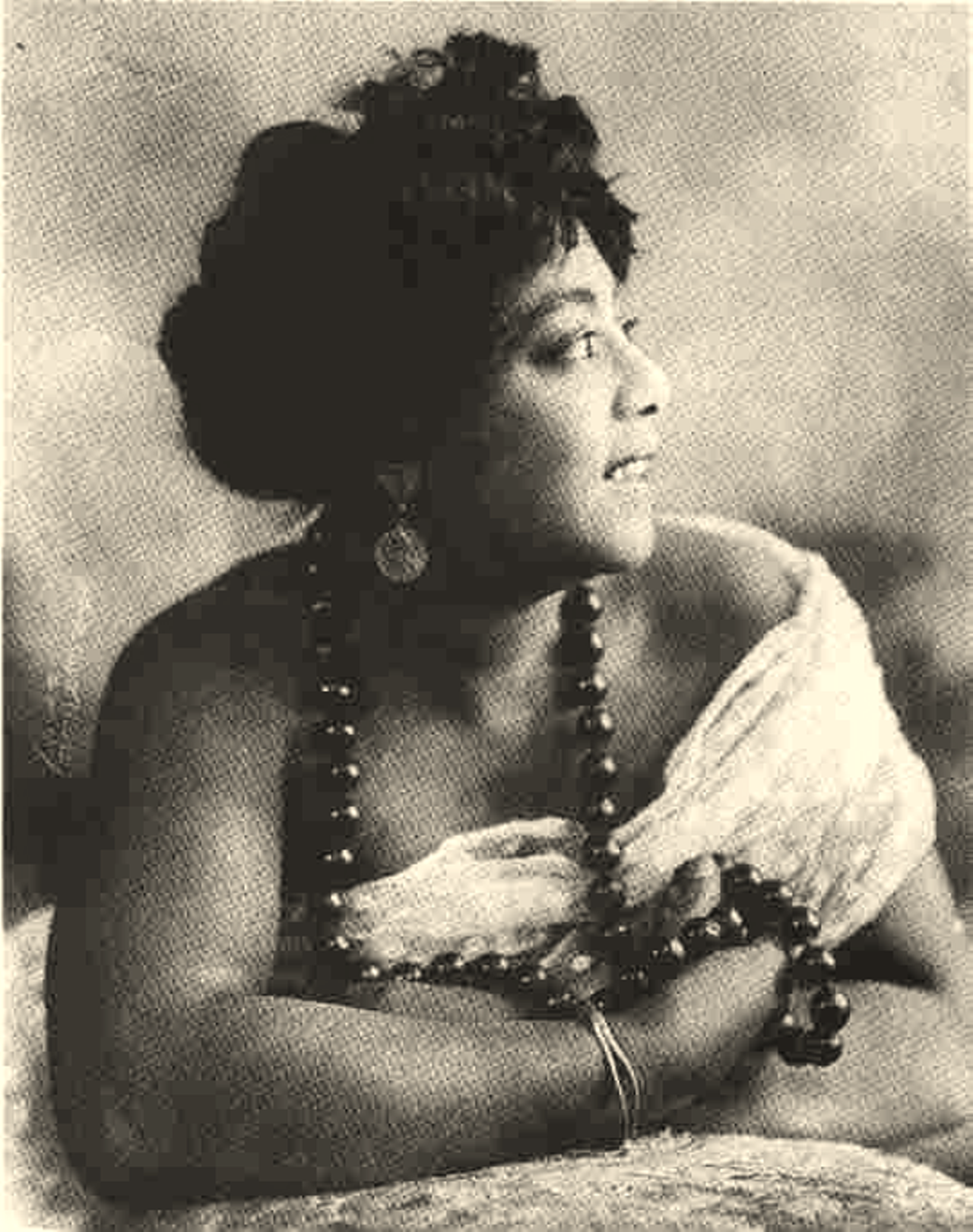
Mamie Smith
First Lady of Blues Mamie Smith was born in Cincinnati in 1891. She was a jazz and blues singer, dancer, pianist and actress. On Valentine’s Day in 1920, Smith recorded "That Thing Called Love" and "You Can't Keep a Good Man Down" for the Okeh record label, breaking down color barriers to become the first African American artist to record blues songs. The success of Smith’s record opened doors for other Black artists to record. Her most famous record, Crazy Blues, was inducted into the Grammy Hall of Fame in 1994. She also had a small career in film, appearing in Jailhouse Blues, Paradise in Harlem and Sunday Sinners, among other films.
3 of 22
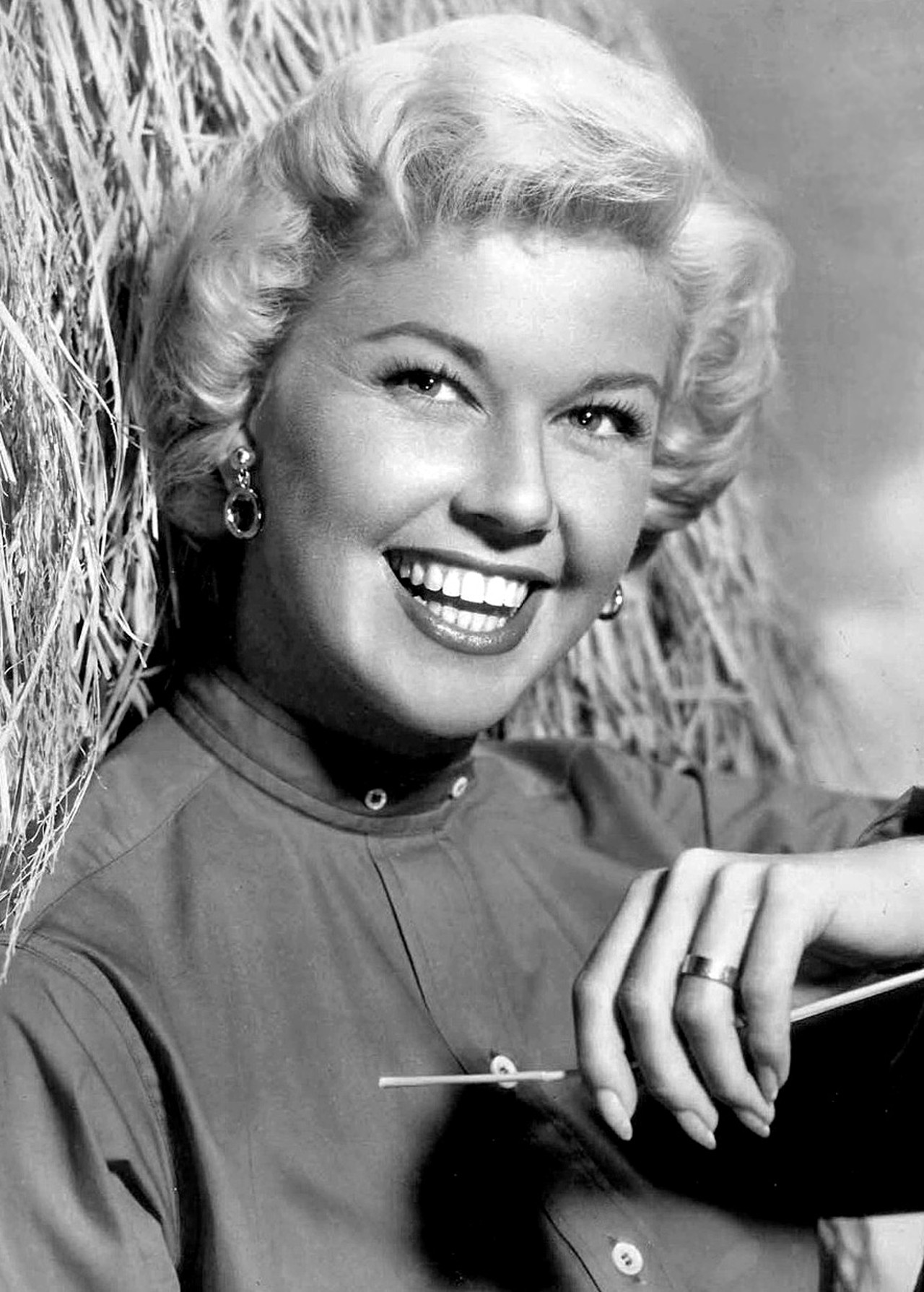
Doris Day
Formerly known as Doris Mary Anne Kappelhoff, Day was a well-known actress, singer and animal welfare activist. She was born in Cincinnati in 1922 and went to Our Lady of Angels High School in St. Bernard. Some of the most popular films she starred in include Pillow Talk and The Man Who Knew Too Much.
4 of 22
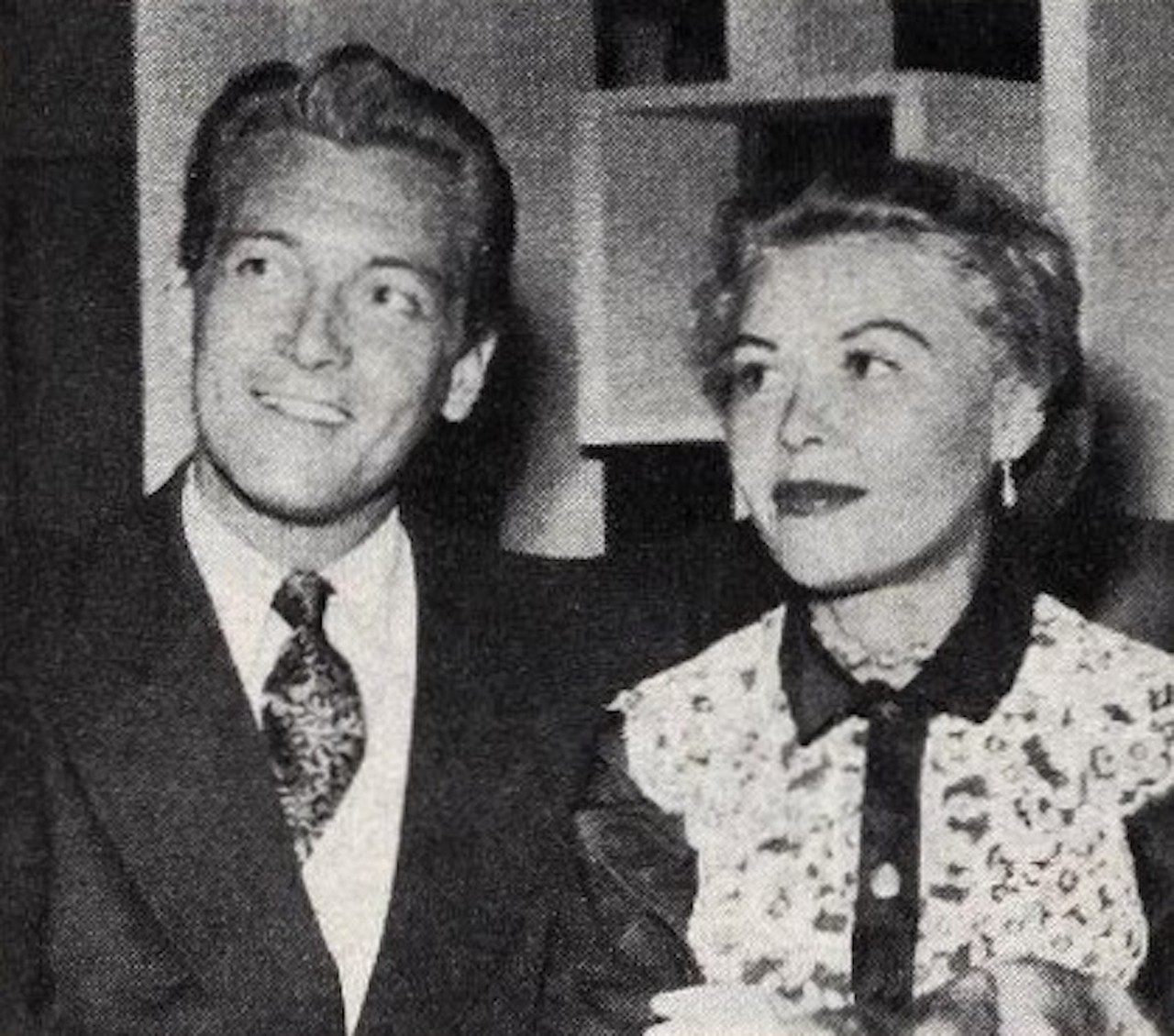
Vera-Ellen
Famous for her work on Broadway and Hollywood dancing and acting, Vera-Ellen was born in Norwood and was a dance student at Hessler Studio of Dancing alongside Doris Day. She became one of the youngest Rockettes. This led her to being cast in Broadway roles, including A Connecticut Yankee, where she was spotted by Samuel Goldwyn, who cast her in Wonder Man with Danny Kaye and Virginia Mayo. Her other most popular films include White Christmas alongside other Tri-State native Rosemary Clooney and On the Town opposite of Gene Kelly.
5 of 22
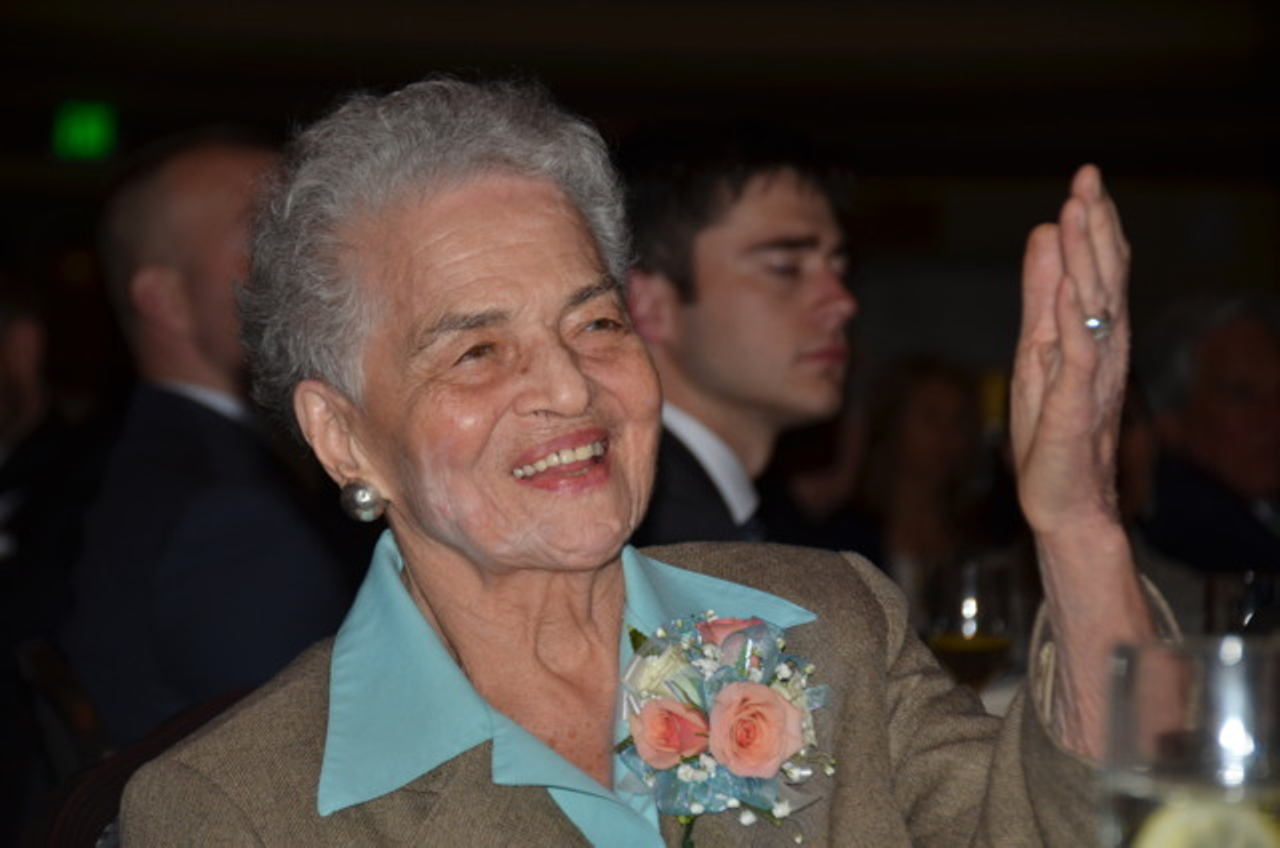
Photo: Brewster Rhoads
Marian Spencer
A local Civil Rights icon, Marian Spencer led the fight to desegregate Coney Island in the ‘50s after her children wanted to attend an event there, but it was not open to Black children. Following that, Spencer spent the rest of her life fighting for racial equality. She chaired the Cincinnati NAACP Education Committee for 20 years, championing educational equity in schools. She was also the first woman to be the president of the Cincinnati chapter of the NAACP, became the first African American woman Cincinnati City Council member and served as vice mayor.
6 of 22
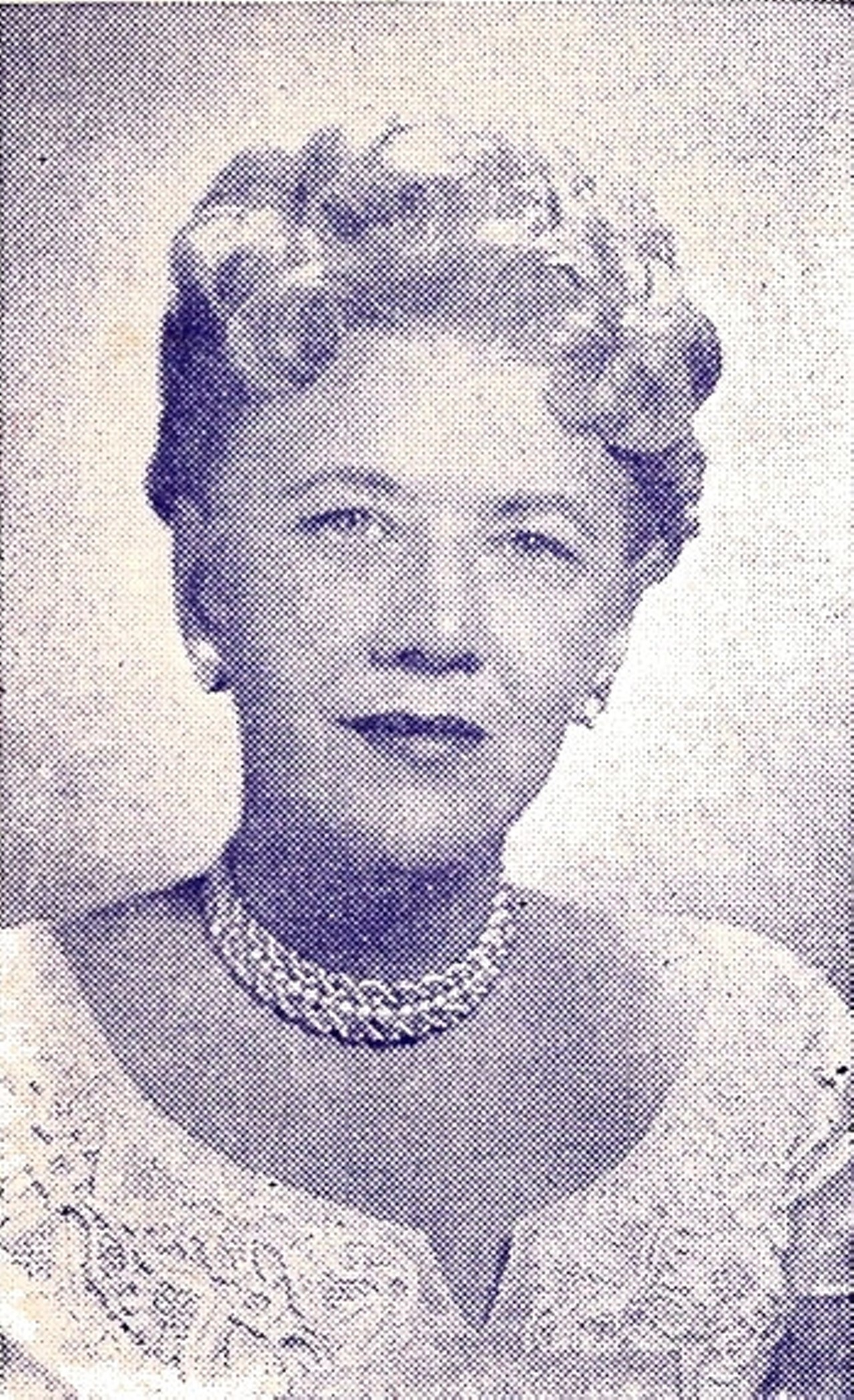
Ruth Lyons
Local broadcasting legend Ruth Lyons is said to have accidentally created daytime talk TV. Born in Cincinnati in 1905, Lyons first hit the airwaves in Cincinnati for WKRC. At the time Lyons, was the station’s pianist, organist and music librarian. But when the only female radio host called out sick one day, Lyons was put behind the microphone last minute. That decision launched her broadcasting career, with her being on the radio for multiple stations throughout Cincinnati, including WSAI and WLW. Lyons’ claim to fame was as the host of The 50/50 Club, a daily, hour-long program aimed at women that broadcast live on WLW at lunchtime. The show aired on radio first but in 1949 became a television program on WLW-TV that simulcasted on WLW and was later seen on NBC nationally. The 50/50 Club also became the first show to be seen in color on a daily basis in Ohio.
7 of 22

Photo: Provided by Mary Wineberg
Mary Wineberg
A track and field athlete, Wineberg attended Walnut Hills High School and the University of Cincinnati before competing in the 2008 Beijing Olympic games. She ran the first leg for the U.S. Women's 4 × 400 meter relay team that brought home the the gold. Wineberg was UC's first female African American athlete to win gold at an Olympic Games. She is now a motivational speaker and author.
8 of 22
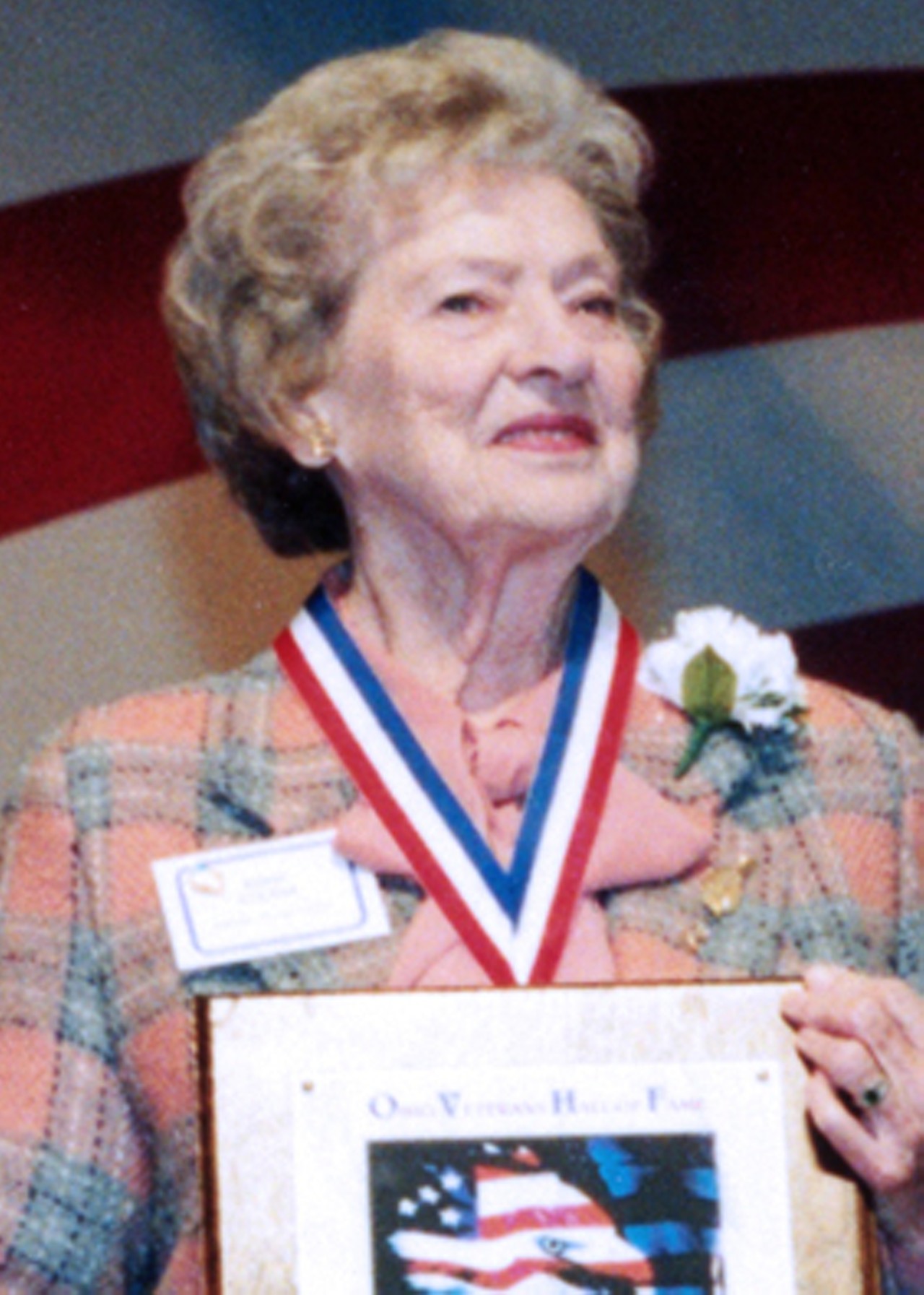
Photo: dvs.ohio.gov
Bobbie L. Sterne
Bobbie L. Sterne was the first woman to be Cincinnati’s mayor full-term. Sterne grew up in Northeastern Ohio and studied nursing in Akron before serving in the 25th General Hospital Division in Europe during World War II. Following the war, Sterne and her husband moved to North Avondale, and Sterne was elected to Cincinnati City Council in 1971, serving nearly continuously until 1998. She also served two terms as mayor.
9 of 22
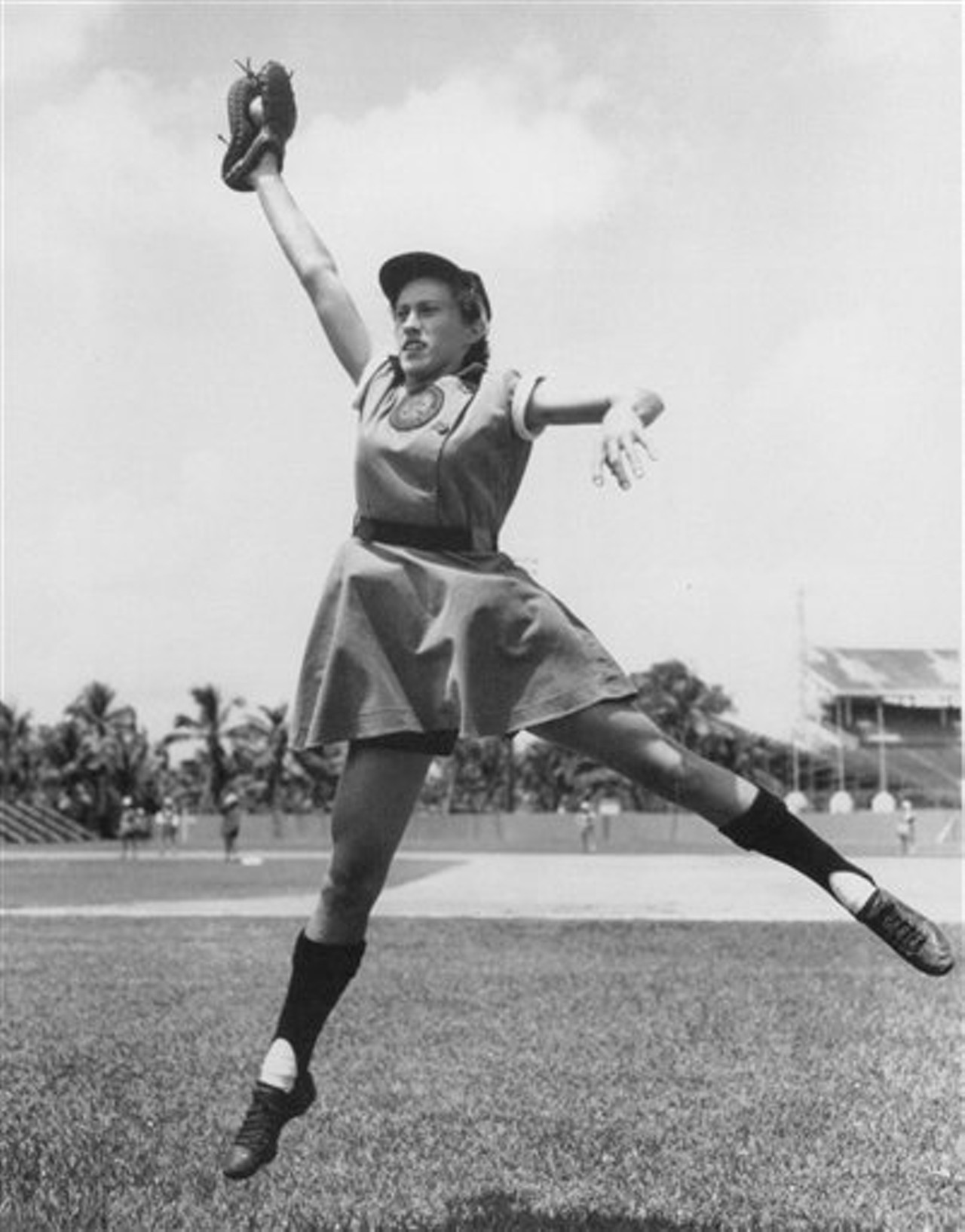
Photo: facebook.com/AAGPBL
Dorothy “Dottie” Kamenshek
Known as “Dottie” and “Kammie,” Dorothy Kamenshek was thought to be one of the best players in the All-American Girls Professional Baseball League, playing first base for the Rockford Peaches for 10 years. Kamenshek was from Norwood and began playing for the Peaches in 1943 after her Cincinnati softball team won the national title three years in a row. Apart from being an excellent baseman, Kamenshek was also a solid hitter and earned the All-Star title seven out of the 10 years she played.
10 of 22

Cordelia E. Cook
Cordelia E. Cook served in the U.S. Army during World War II and was the first woman to earn both a Bronze Star and a Purple Heart. Born on St. Patrick’s Day in 1919 in Fort Thomas, Cook studied at The Christ Hospital School of Nursing. After graduating in 1940, Cook joined the U.S. Army Nurse Corps as a surgical nurse, where she earned the rank of first lieutenant. She was sent to Europe during World War II where she often found herself on the front lines in field hospitals. She was awarded a Bronze Star for her efforts and bravery working at a field hospital on the Italian front, and was also given a Purple Star after her field hospital was shelled by German artillery and she completed her hospital work, even after being injured.
12 of 22
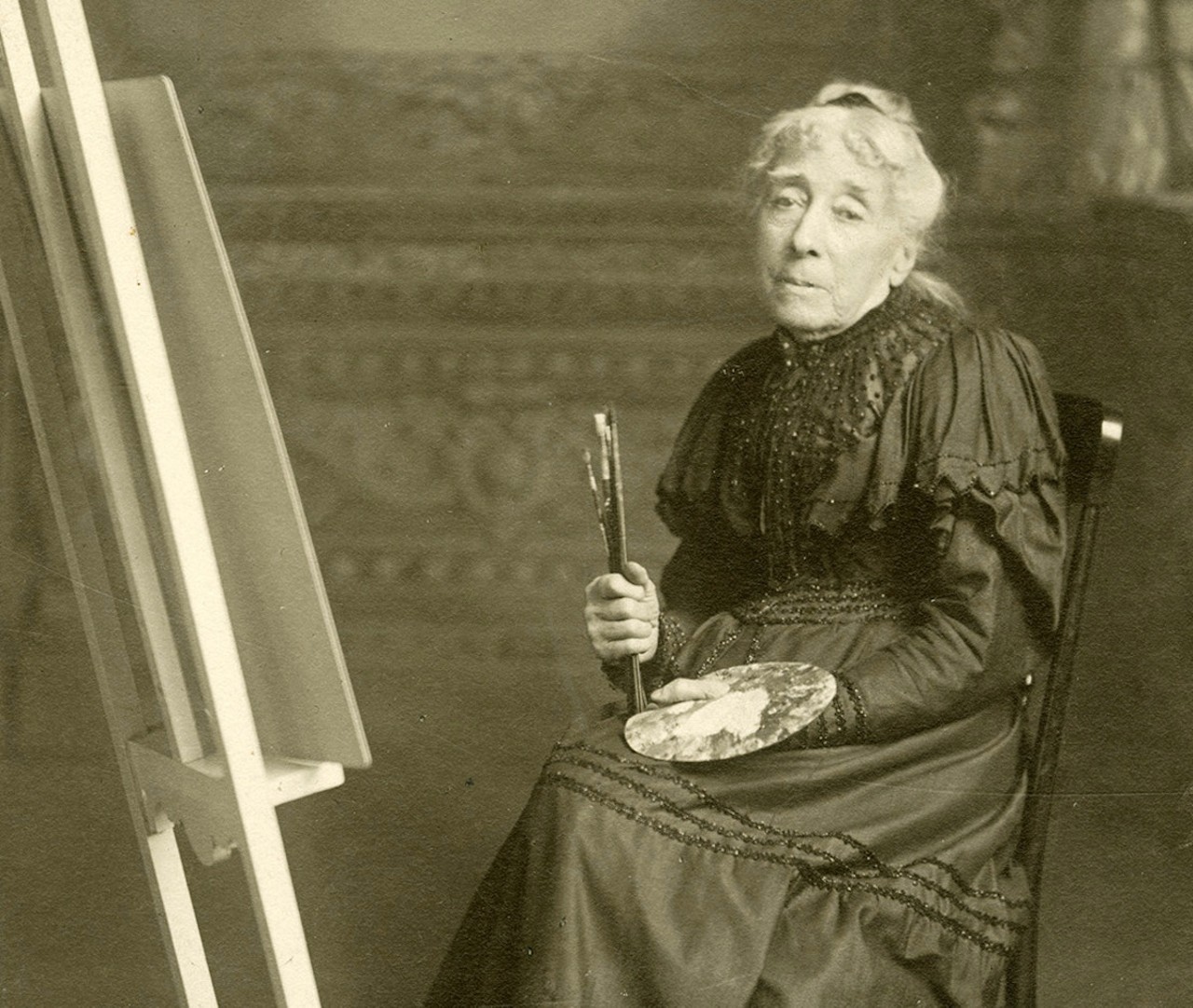
Lilly Martin Spencer
Born in Exeter, England, Lilly Martin Spencer and her family moved to Marietta, Ohio, when she was 8 years old. A talented painter, Martin soon outgrew the resources available to her in Marietta, and her father brought her to Cincinnati to learn under portrait painter John Insco Williams. As a painter, Martin Spencer became known for her scenes depicting family and domestic life of the time, often using herself and her husband as models.
13 of 22
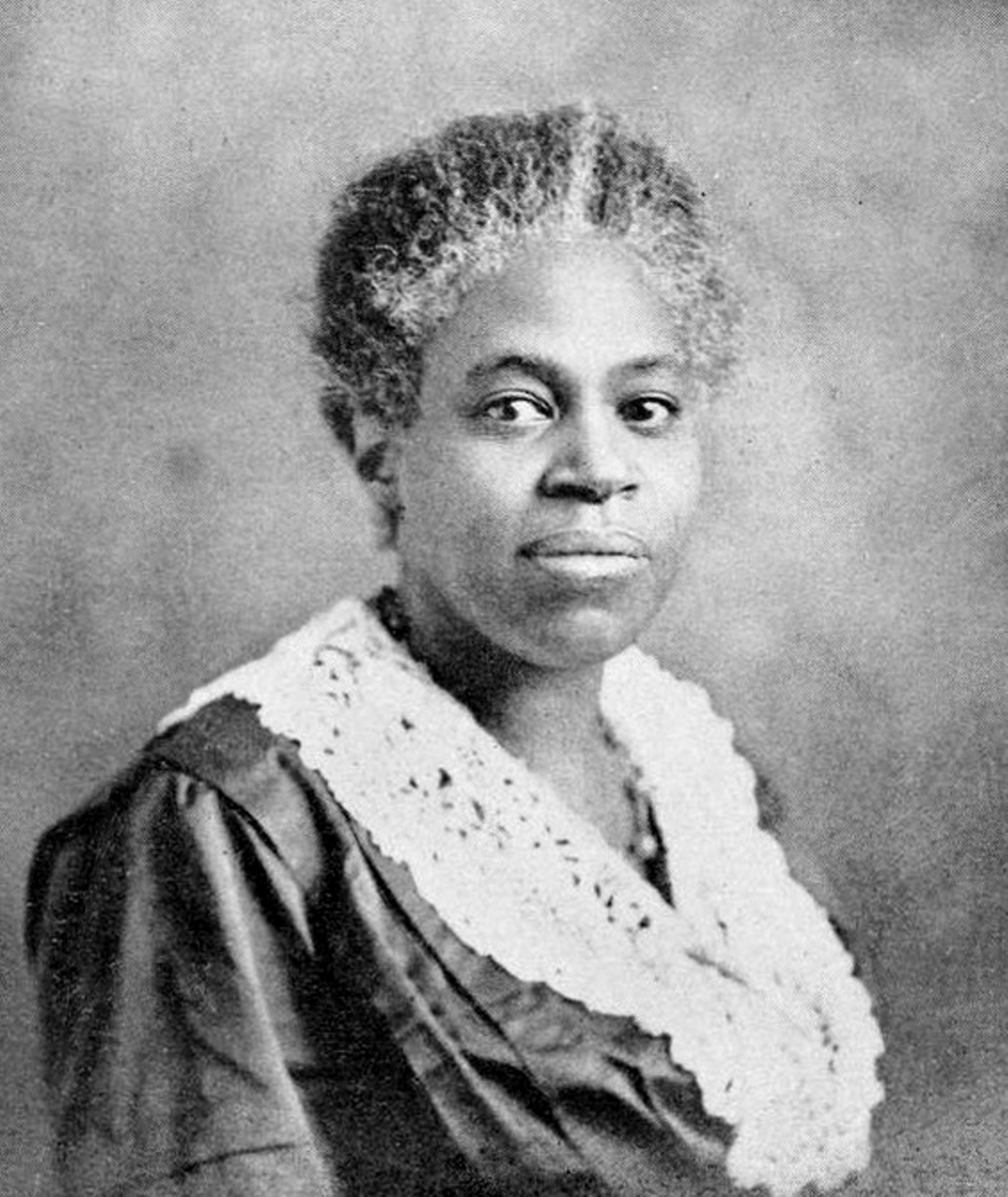
Delilah Leontium Beasley
Delilah L. Beasley wore many hats throughout her lifetime: nurse, lecturer, Black history researcher and journalist. Born in Cincinnati in 1867, Beasley was writing social notices in both local newspapers – both Black and white. During high school, she spent her time learning about journalism through working with Colored Catholic Tribune and dreamed of going into the profession. But when her parents died suddenly, Beasley put her journalistic ambitions on hold and went to work as a maid. She then studied to be a hairdresser before pivoting to nursing. When her career took her to Oakland, California, doors to her dream of journalism began opening again. She spent her time researching Black history and interviewing elderly Black people about their experiences, writing for several newspapers. After nine years of research, Beasley published The Negro Trail Blazers of California, a study of Black pioneers who had been left out of history books. And in 1923, Beasley began writing a column for the Oakland Tribune called “Activities Among Negroes.”
14 of 22

Clara Adams
Known as the “First Flighter” and the “Maiden of Maiden Voyages,” Clara Adams, born Clara Grabau in Cincinnati in 1884, was an enthusiastic supporter of early aviation and helped popularize commercial air travel, setting many flying records. Adams' first flight was in 1914 in a Thomas flying boat. She later became the first woman to fly as a ticketed passenger across the Atlantic aboard the Graf Zeppelin airship, the first woman to fly from New York to Rio de Janeiro in the Dornier Do X and she was one of 11 women aboard the maiden flight of the doomed Hindenburg. Adams helped show the general public that commercial air travel was largely safe in 1939 when she set an unofficial world record. She traveled around the world as a passenger on a global trip that lasted 16 days and spanned over 24,000 miles. The trip departed from New York City, and a New York Times reported stated Adams returned to New Jersey over two weeks later "clad in a tan-plaid tailored suit, made of Chinese silk, purchased in Hong Kong, and wearing a tan Panama straw hat, purchased in Rangoon." Adams described the trip as "beautiful beyond description and sublime beyond the most vivid imagination of the human mind."
15 of 22
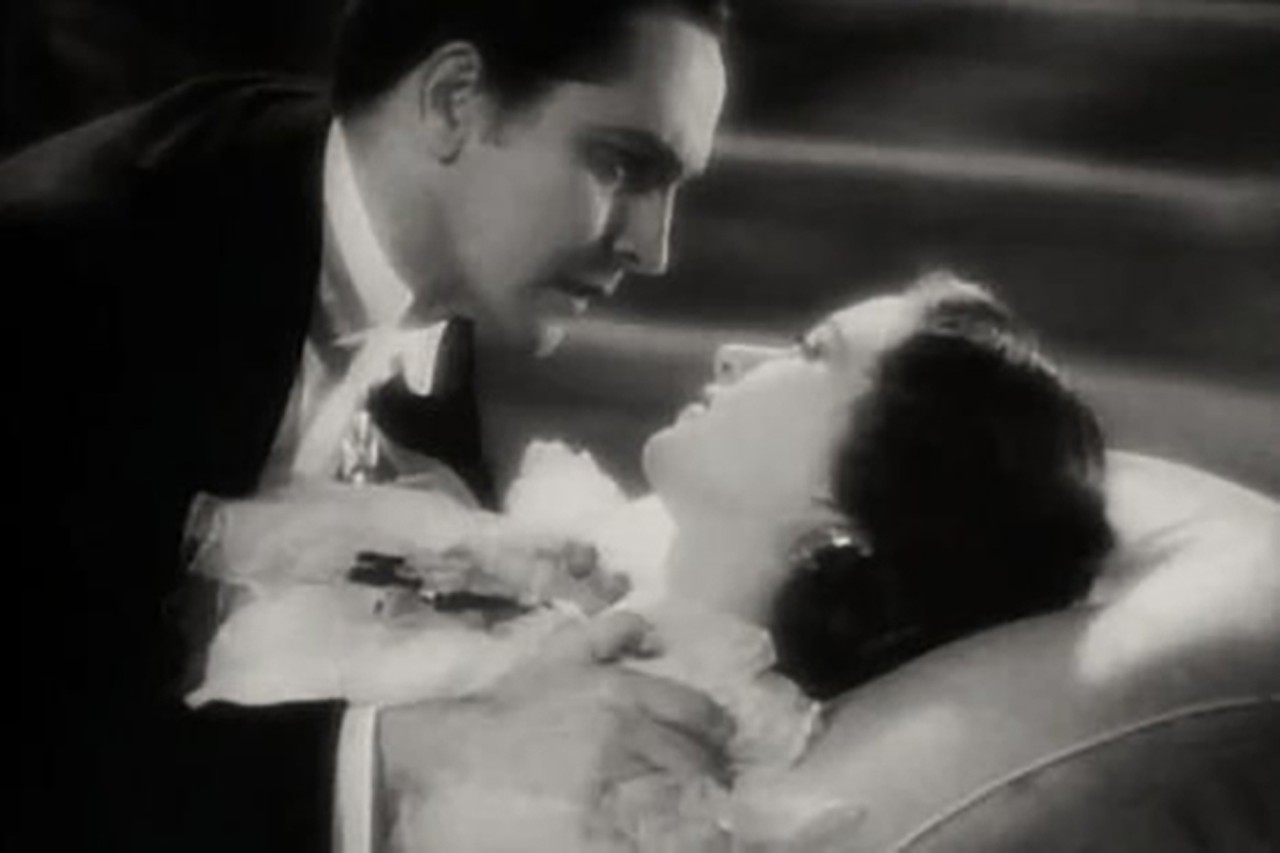
Photo via Wikimedia Commons
Evelyn Venable
A Cincinnati-born actress and voice actor, Venable was born in 1913 and attended Walnut Hills High School. Venable starred in a few films throughout the '30s and '40s, as well as voiced the Blue Fairy in Walt Disney's Pinocchio.
16 of 22
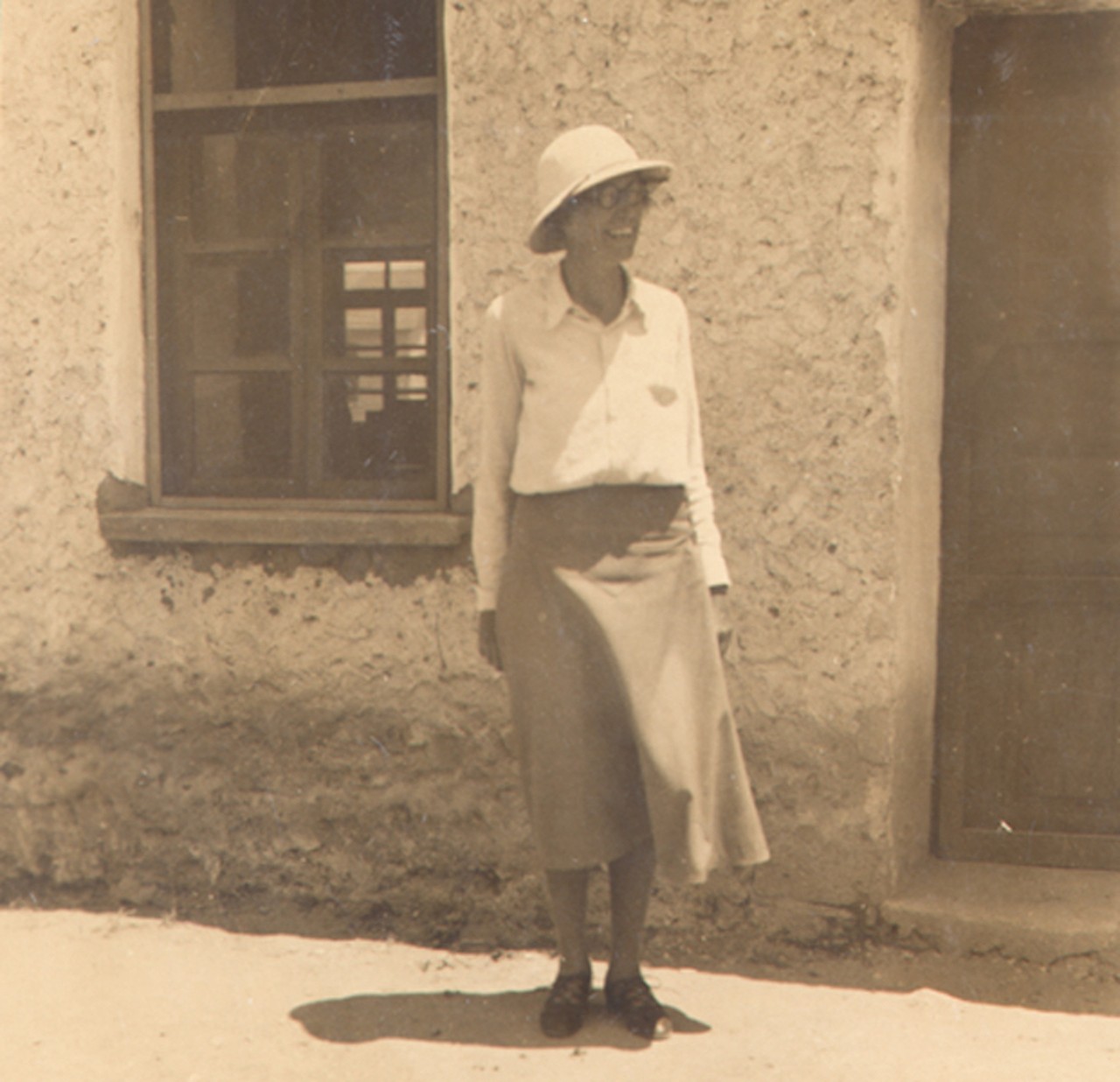
Marion Rawson
Cincinnati-born classical archaeologist Marion Rawson is best known for her expeditions and work at Pylos in Greece and ancient Troy in what’s now Turkey. Rawson got her start in archaeology while studying at the University of Cincinnati in 1928, joining excavations at Prosymna in Greece under archaeologist Carl Blegen. She earned a degree in architecture from UC, but also earned an honorary degree from the university, which also established the Marion Rawson Professorship of Aegean Prehistory in honor of her contributions to Bronze-Age archaeology.
17 of 22
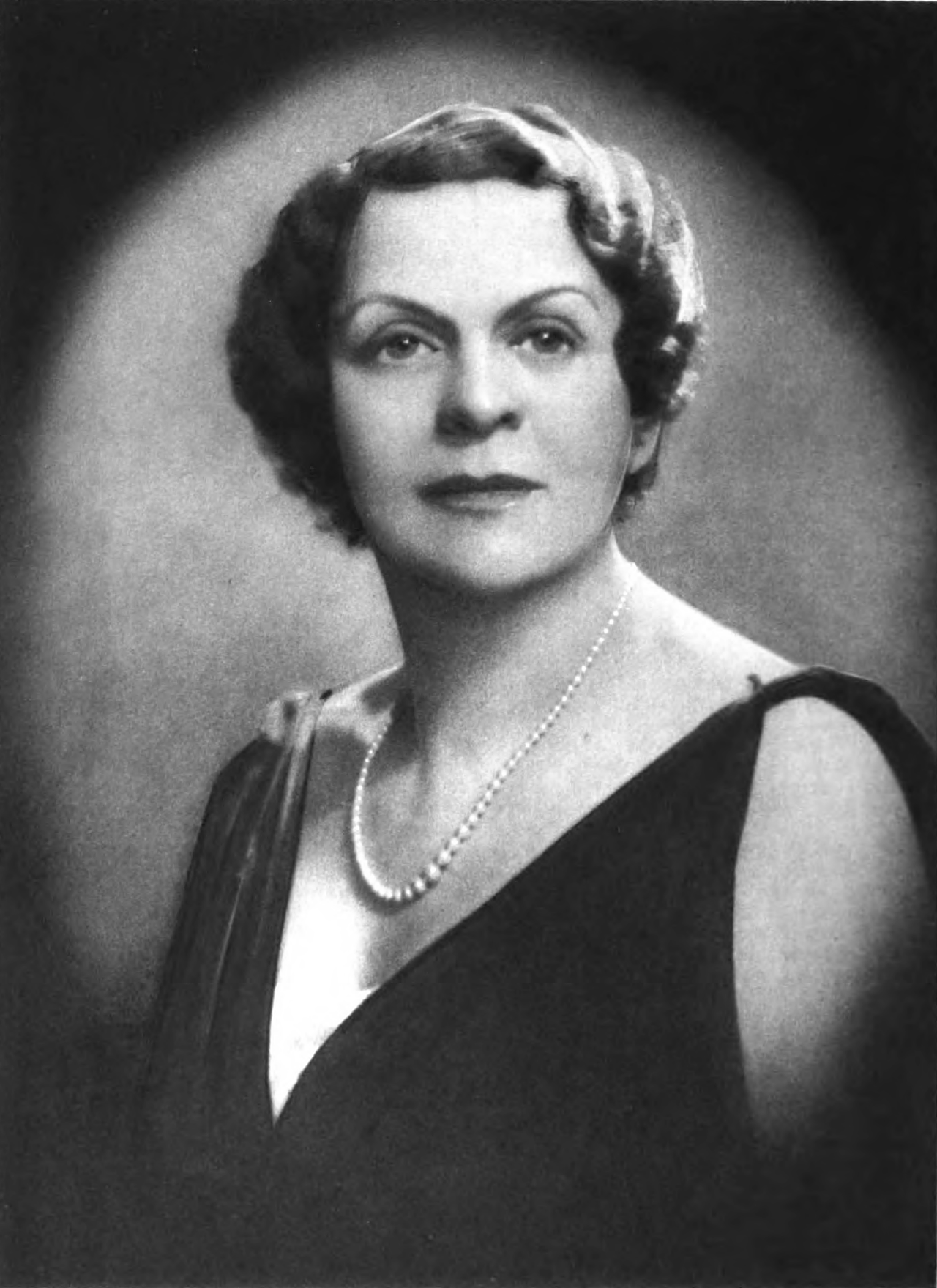
Estelle Sternberger
Estelle Sternberger was a Jewish activist, radio commentator and writer who backed reform and worked to reshape public opinion on women’s roles in the religion and workforce. Sternberger was born in Cincinnati in 1886 and studied at the University of Cincinnati and the School of Jewish Philanthropy. In the early 20th Century, she joined several civic movements and Jewish women’s organizations and wrote and lectured on left-wing political concerns. She worked as the executive secretary for the National Council of Jewish Women and later became the executive director of World Peaceways, which sought to counter the "artificial glories of war." She also wrote The Supreme Cause: A Practical Book About Peace, which looked at economic and military issues that affected peace. Turning from activism to commentary, Sternberger also pursued a career in radio, using her platform there to talk about political and cultural events of the day.
18 of 22
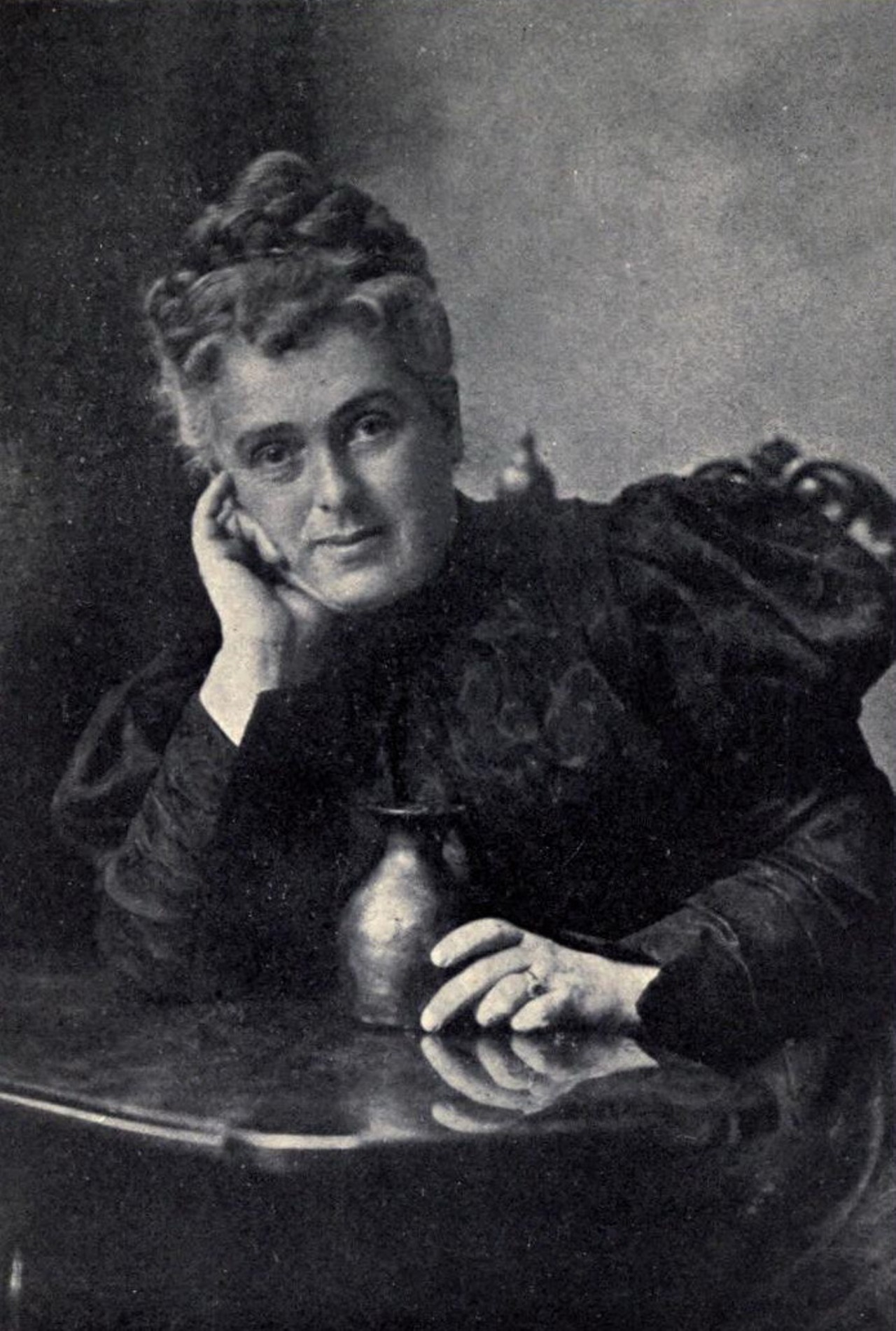
Maria Longworth Nichols Storer
Founder of Rookwood Pottery Maria Longworth Nichols Storer was born in 1849 into one of Cincinnati’s wealthiest families at the time. She gained an early love of fine arts, with childhood hobbies that included painting and playing the piano. As an adult, she became the first woman in the United States to found a music festival thanks to her efforts raising funds for the Cincinnati May Festival, which continues to this day. In 1873, she began learning how to paint china from ceramic chemist Karl Langenbeck, and she later enrolled in what’s now the Art Academy of Cincinnati to study china-painting. And in 1880, Nichols founded the famous Rookwood Pottery Company, becoming the first woman in Cincinnati to own a shop like this.
19 of 22
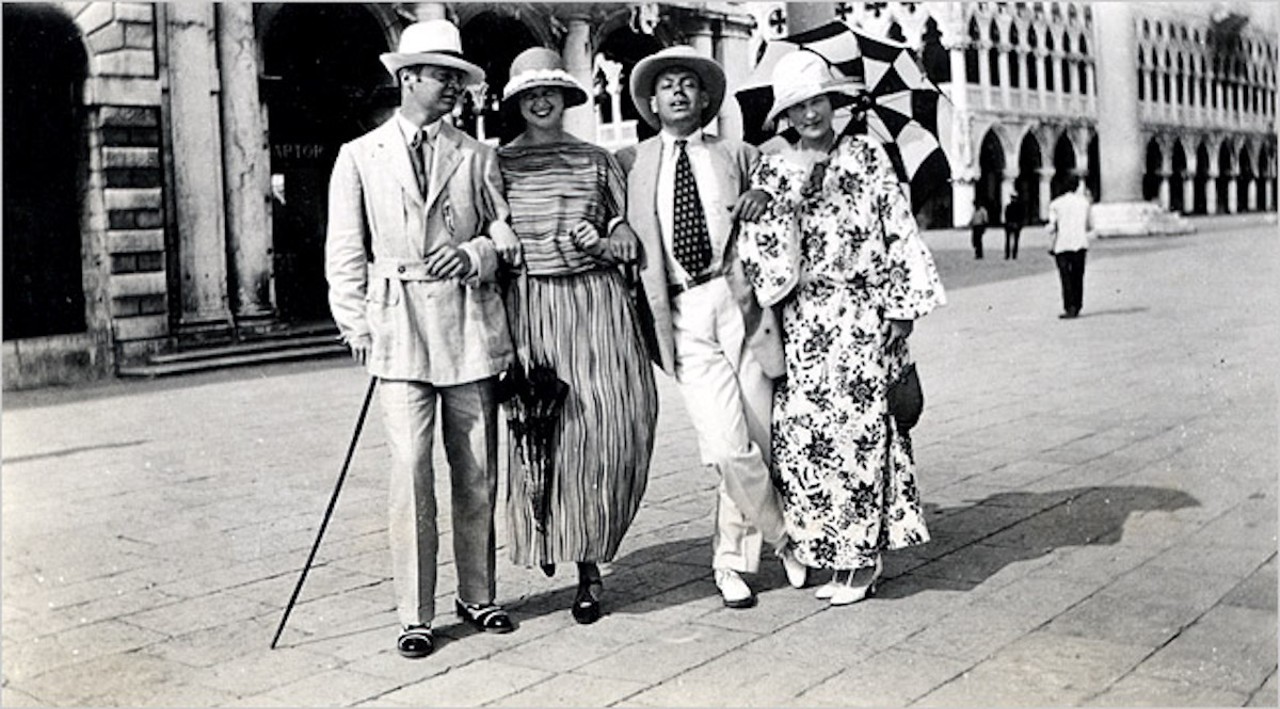
Sara Murphy
Sara Murphy (on the end) along with her husband Gerald were famous Jazz-Age figures who were the inspiration for the character Nicole and Dick Diver in F. Scott Fitzgerald’s novel Tender is the Night. Born into the wealthy Wiborg family in Cincinnati in 1883, Sara moved among high society here, in Germany and New York City. But in 1915, Sara married Gerald Murphy, much to the disapproval of both their parents – Sara’s because her father didn’t want her to marry someone who “worked in trade,” and Gerald’s because he had a father who didn’t like anything he did. Six years later, the Murphys decided to escape the nagging of their families and New York society and moved to Paris, where Gerald took up painting. Eventually, they moved to the French Riviera where they ran in a circle of rich and famous writers and artists like the Fitzgeralds, Ernest Hemingway and Pablo Picasso. Picasso even painted several portraits of Sara (Portrait de Sara Murphy, Buste de Femme and Femme assise en bleu et rose, among them.)
20 of 22
Page 1 of 2
- Local Cincinnati
- News & Opinion
- Arts & Culture
- Things to Do
- Food & Drink
- Cannabis
- Music
- Cincinnati in Pictures
- About City Beat
- About Us
- Advertise
- Contact Us
- Work Here
- Big Lou Holdings, LLC
- Cincinnati CityBeat
- Detroit Metro Times
- Louisville LEO Weekly
- St. Louis Riverfront Times
- Sauce Magazine

